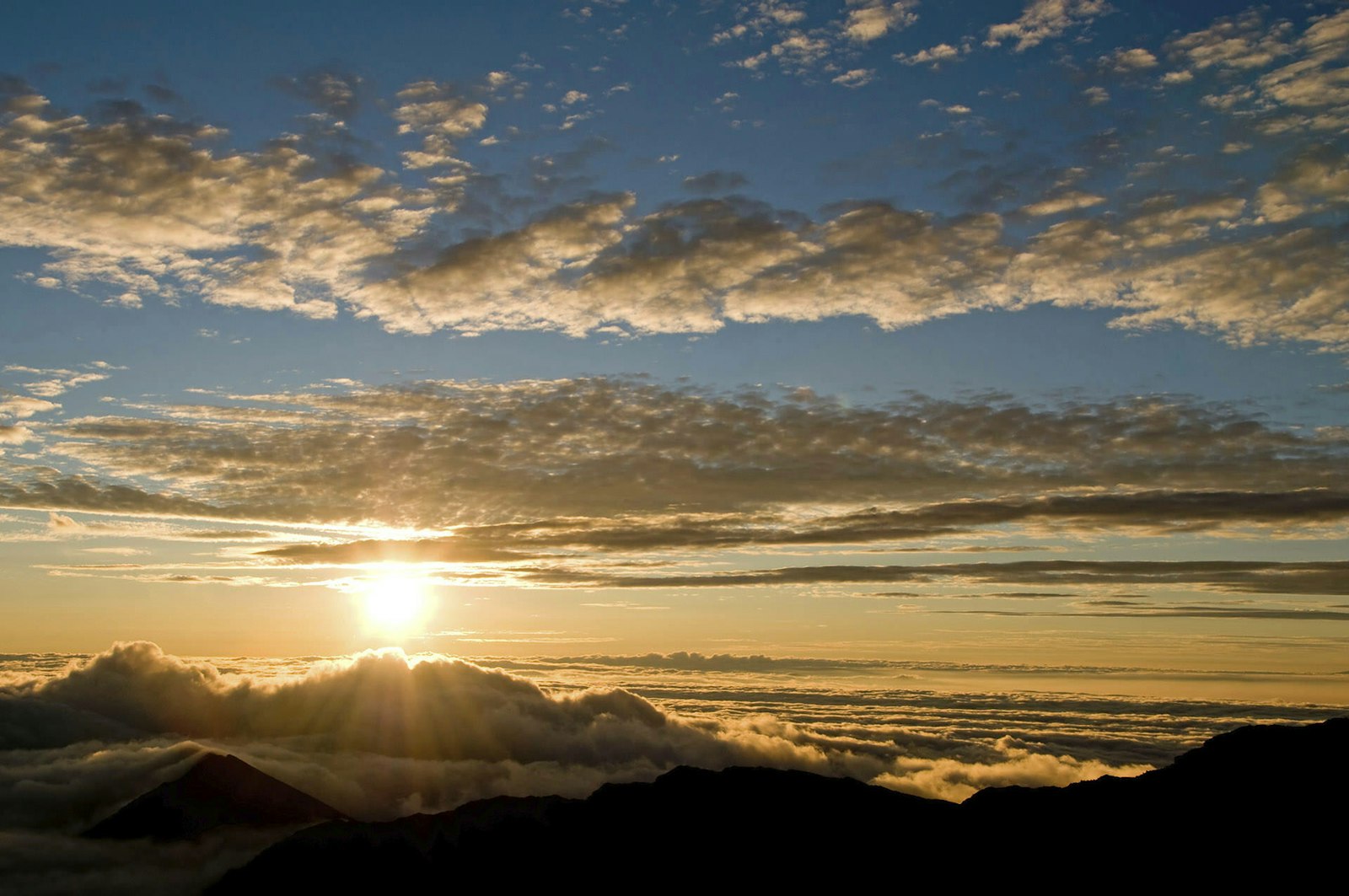
.
.
Haleakalā National Park
Haleakalā National Park, a national park on the Hawai'ian island of Maui, is a superb example of the Hawai'ian Islands' native ecosystems.
Haleakalā National Park preserves the outstanding volcanic landscape of the upper slopes of Haleakalā and protects the unique and fragile ecosystems of Kipahulu Valley, the scenic pools along Oheo Gulch, and many rare and endangered species.
Isolated in the mid Pacific, the Hawai'ian Islands are the most remote major island group on earth. Lying 2,400 miles from the nearest continent, they have never had connection to any other land mass. Natural crossings across this great expanse of ocean by animals and plants were extremely rare.
Haleakalā, originally part of Hawai'i National Park, was redesignated as a separate entity in July 1961. Haleakalā National Park was designated an International Biosphere Reserve in 1980. Of its 30,183 acres, 24,719 acres are designated wilderness.
Park Updates
-
UpdateNPF Invests in Park Partner Organizations to Further Capacity-Building Goals
-
Update$4.4 Million to Fund 99 Open OutDoors for Kids Projects for 2023 – 2024 School Year, Hitting Program Milestone
-
UpdateInaugural Cohort of Inclusive Storytelling Grantees Announced